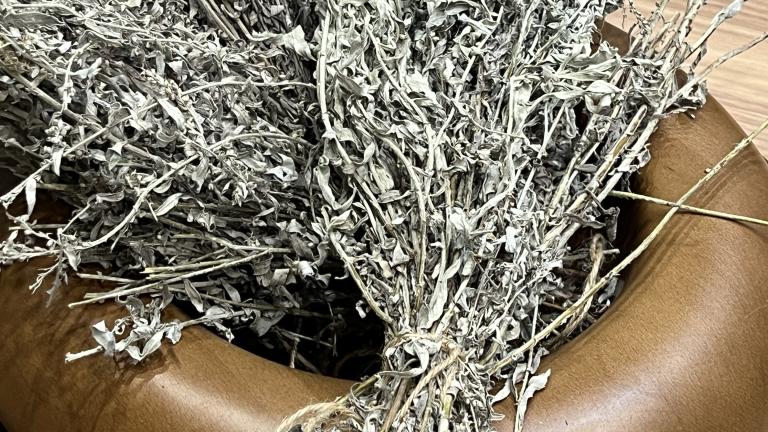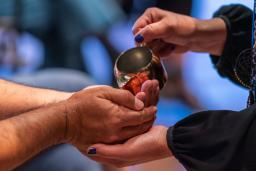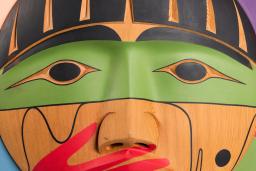You have been connected to Turtle Island since time immemorial through your kinship. Our first matriarch, Mother Earth, provides us with her blood, which nourishes all of creation. She provides our plants, trees and medicines with a lush environment where they grow in strength.
“Some people who harvest medicinal sage only use the leaves, as though they are the only important part of the sacred plant,” says Cree Knowledge Keeper Marilyn Dykstra. “If we take the guidance from our ancestors, we know that the branches are the strength that uphold the delicate leaves.”
Our strength comes from our relationships within Wahkowtowin. Sage branches grow towards our family in the sky. They remind us that we too need to look up within Wahkowtowin to the Ancestors who have been here and practiced our sacredness since time immemorial. Our kinship, which is the whole plant, provides us the strength so that we too can make strong medicine.
Sage has a downy feel like our animal creature teachers who will be molting this moon. The strength of medicines like sage keeps our animal relatives strong, as they also have their own kinships. The animals then keep humans strong while the natural elements support us all.
Our bodies show us our interconnection with these earthly family members. Put the palm of your hand under a leaf and notice that our palm prints mimic the leaf print, just as our hearts mimic the roots of a tree.
Let’s come together and discuss our kinship interconnection and interdependence and how we can harvest our medicines in an honourable way where we are following our ancestors’ path.


